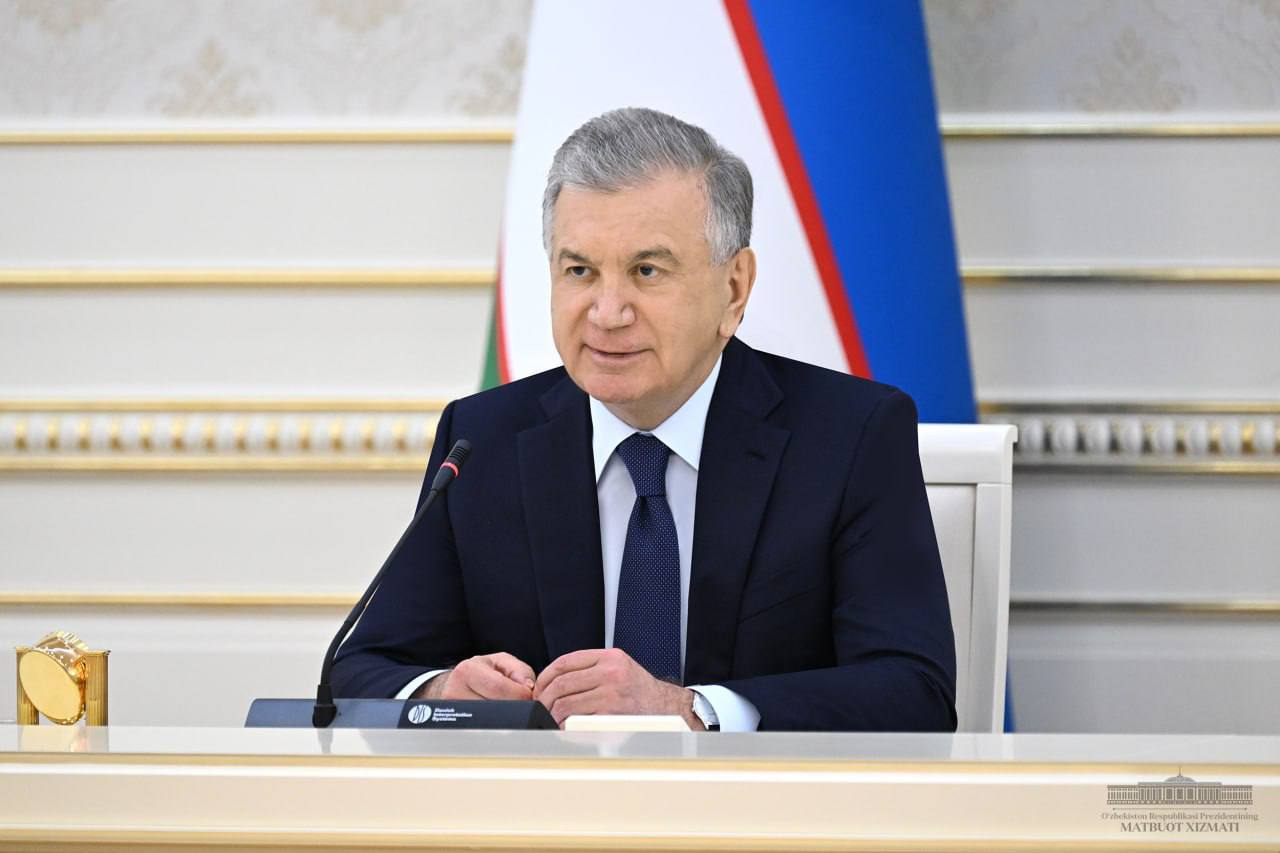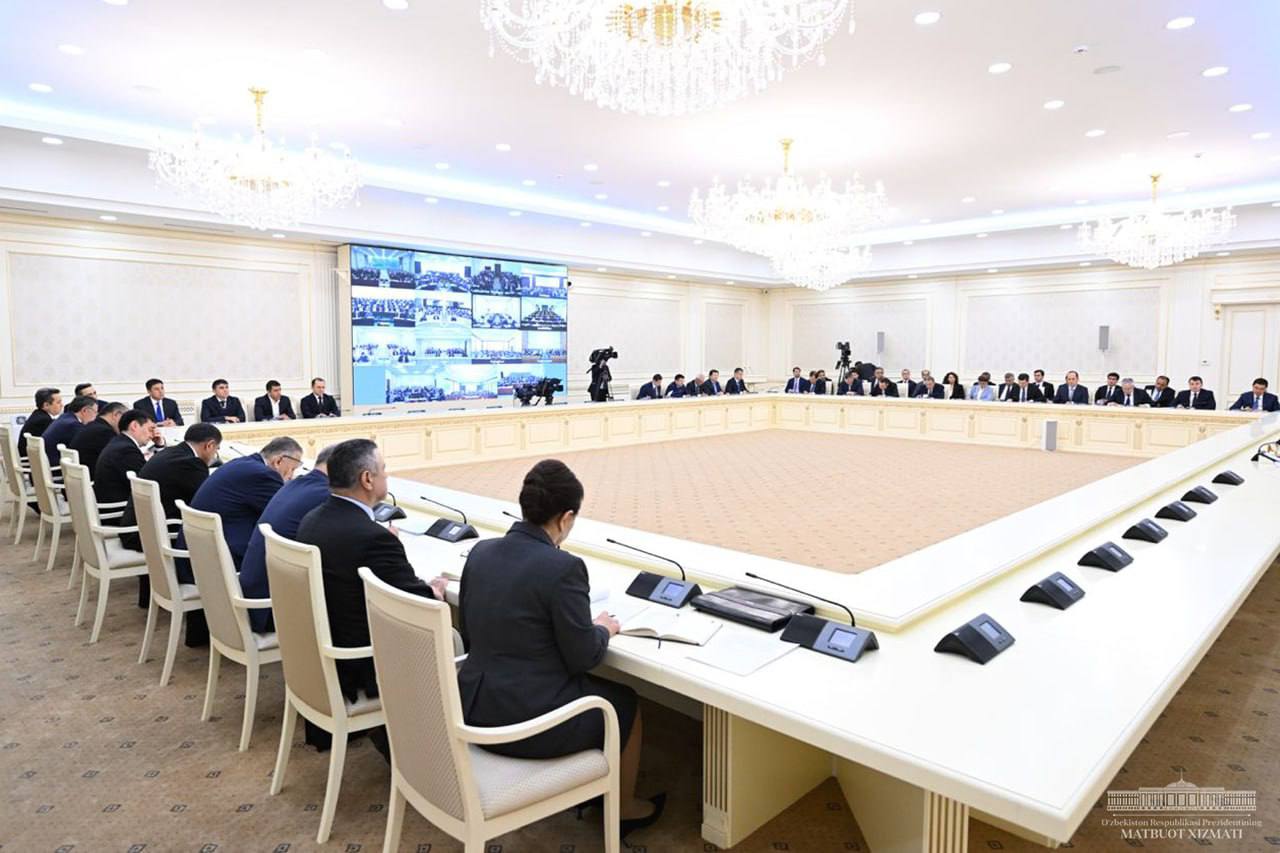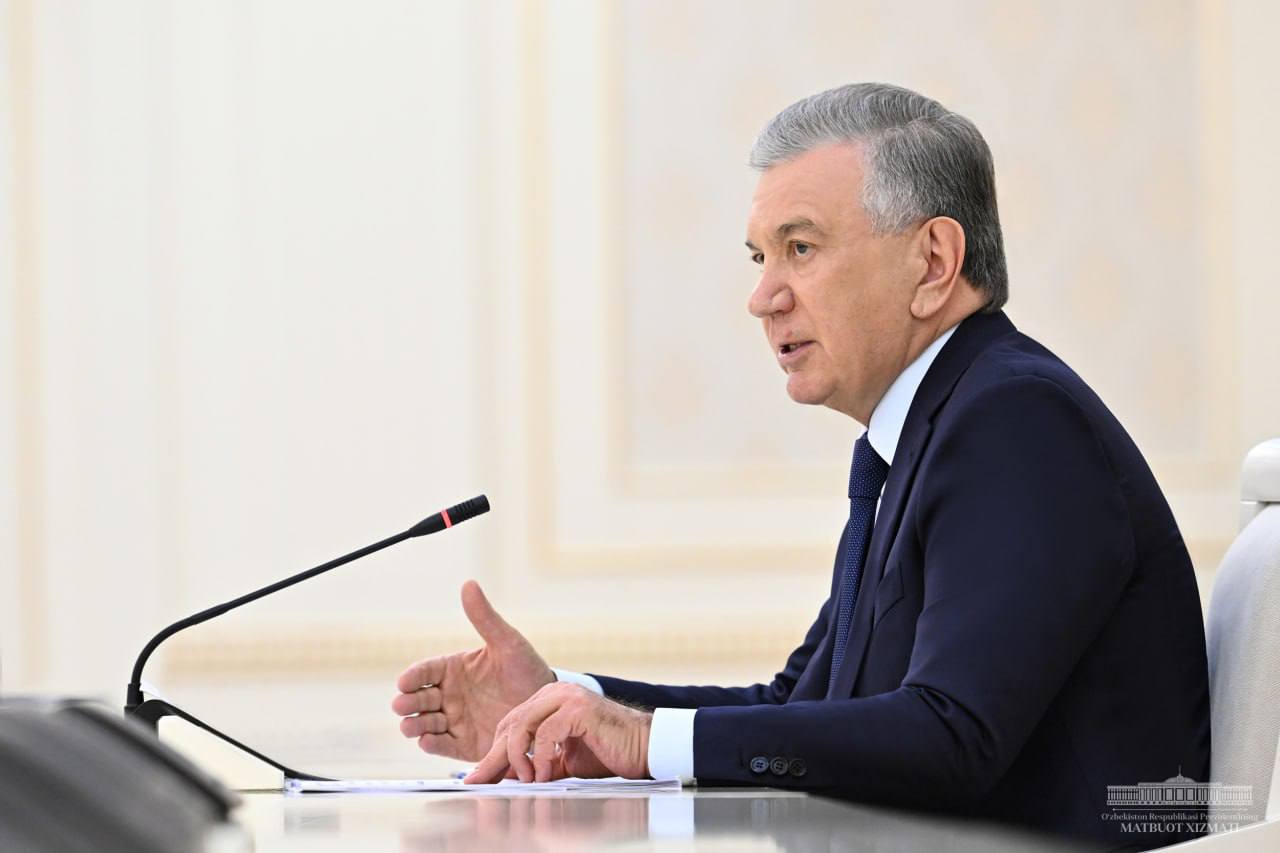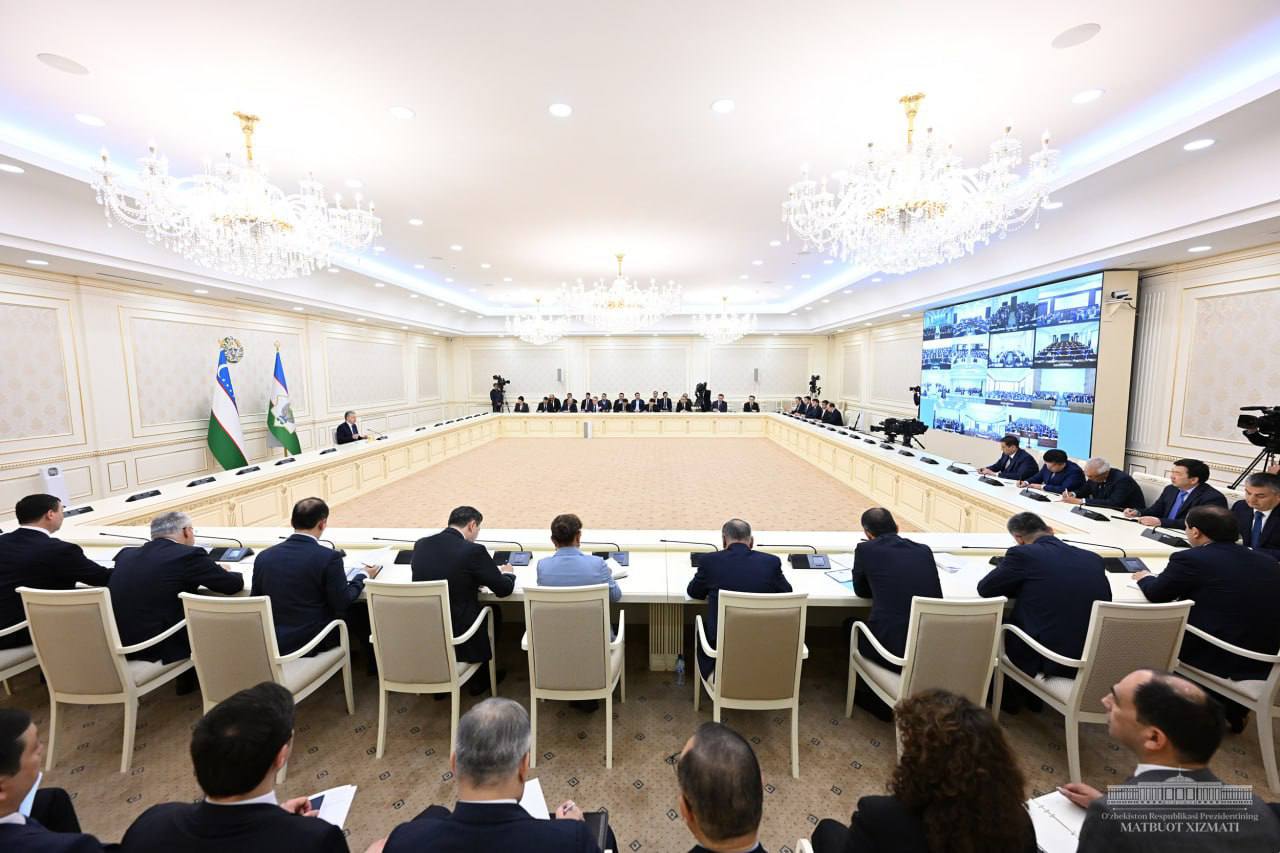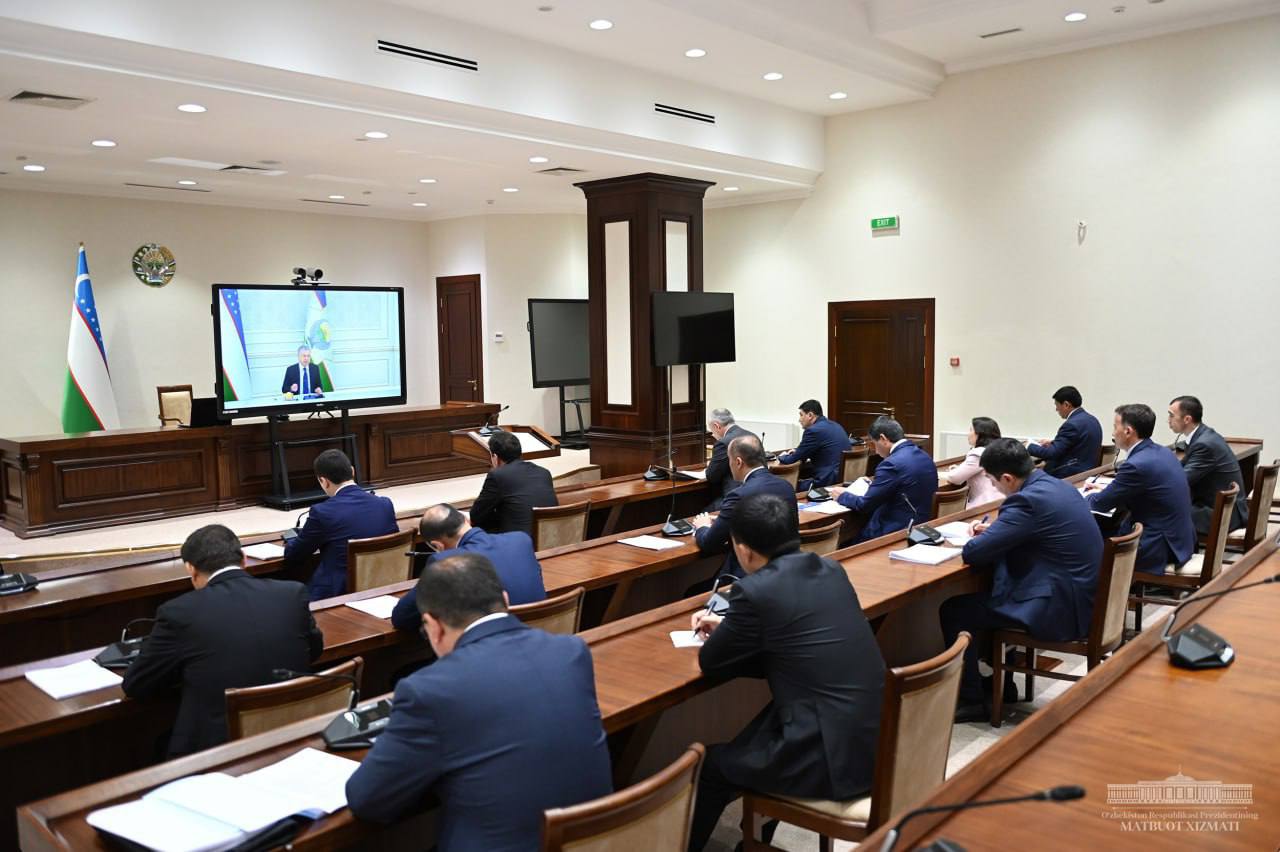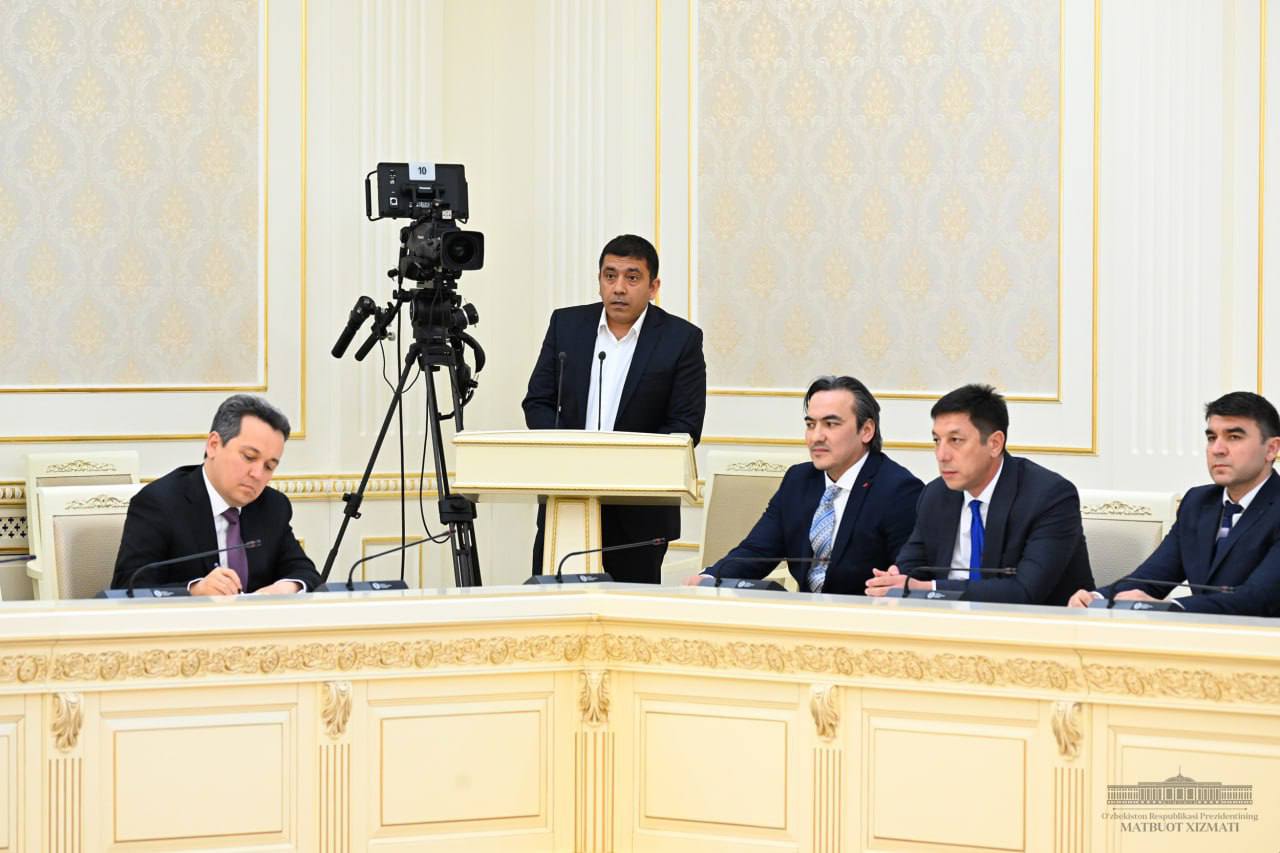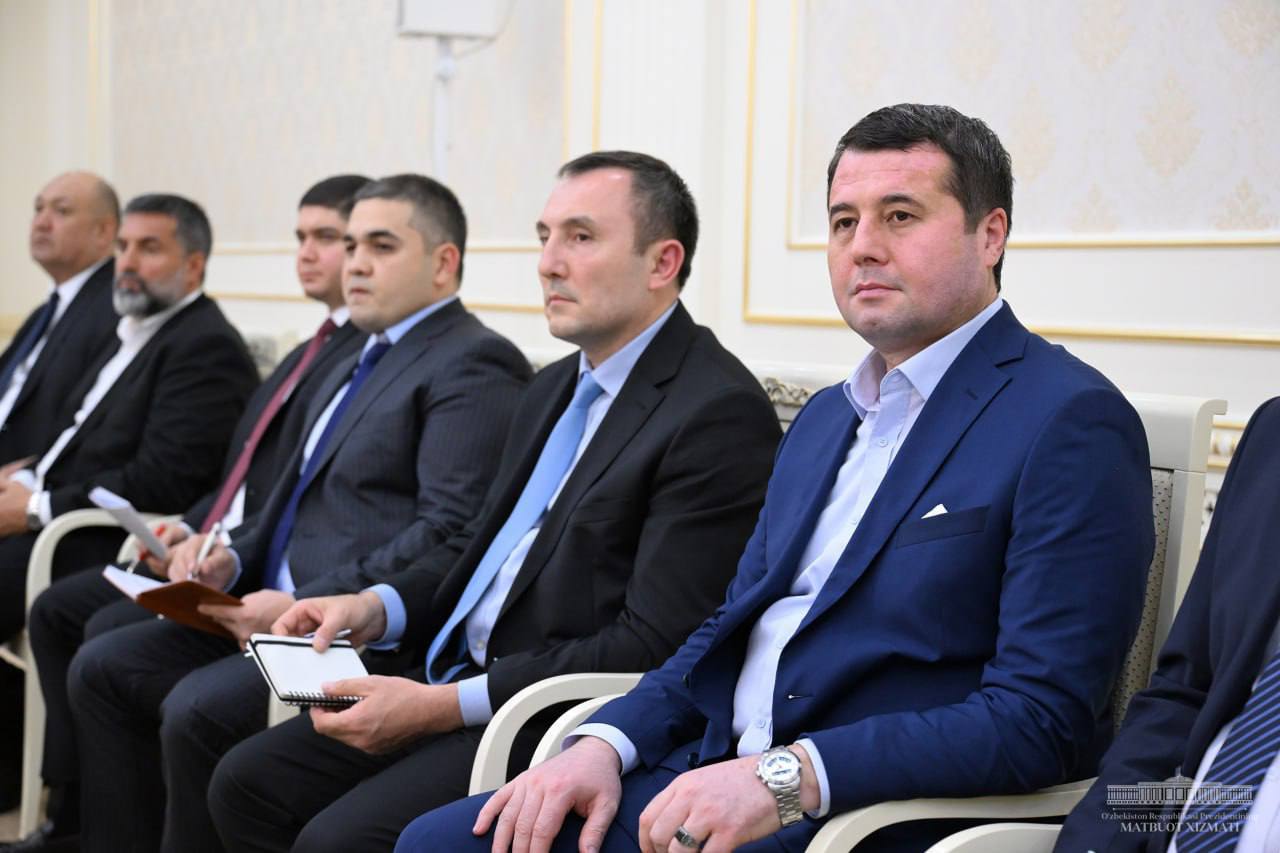
16.04.2024
On April 16, President Shavkat Mirziyoyev chaired a video conference on the issues of increasing exports and investment in the textile industry.
The textile industry is one of the most employment-generating sectors and is present in all regions of the country. Today, more than 6 thousand enterprises employ 570 thousand people.
In recent years, productivity in the industry has increased significantly, thanks to active investment attraction and new technologies. Last year, for instance, textile and knitting products worth US$8 billion and 200 million were produced, which is 4,2 times more than seven years ago.
Moreover, the industry’s exports amounted to US$3,1 billion in 2023. This year, the industry entered 3 new markets and the geography of exports is 83 countries.
However, an analysis of the export structure reveals some shortcomings. For example, the share of high-value-added products is low. Almost 80 percent of exports still go to traditional partner markets. Exports to Europe are below expectations.
International standards and certificates are required to increase exports to developed country markets or brands. However, only 175 enterprises meet these requirements. In 18 districts, annual textile production is less than US $1 million.
There was an analysis of the problems and a list of the huge opportunities in the industry.
The analysis of the “Boston Consulting Group” shows that the raw material base of our country allows to manufacture products worth at least US$15 billion and to create 500 thousand new jobs.
For example, the cost of a kilogram of yarn in our country is 28% lower than the average world price. This is a great opportunity to increase production and gain a competitive advantage.
The industry is also receiving financial support. At the beginning of last year, US$50 million was allocated to projects for fabric production, dyeing and finishing, and the manufacture of finished sewn and knitted products. Once these funds have been used, a further US$100 million is to be allocated.
The Head of state stressed the importance of using these opportunities to create more projects and jobs in the regions.
- Our only sure way in this industry is to fully process existing raw materials to create high added value and to redirect exports from traditional cheap markets to new, more expensive ones, - said Shavkat Mirziyoyev.
One of the best ways to increase production is to open branches of large enterprises in makhallas. For instance, the factory “Zarafshon Textile” in Samarkand opened 11 regional branches. The advantage of this is that there is no need to spend extra time and money on implementing standards or obtaining certificates. It was therefore necessary to extend this practice, as was noted at the meeting.
One of the most pressing problems for textile enterprises is access to raw materials. Our country has a processing capacity of 1 million 300 thousand tons of cotton fiber but currently produces about 1 million tons of fiber. Therefore, it is necessary to reduce the cost of cotton cultivation and increase the yield of the fields.
The activity of cotton and textile clusters was also discussed and proposals for ensuring their stable activity were considered.
More than 100 entrepreneurs of the sector participated in the video conference. The President held a dialogue with them.
Entrepreneurs expressed their problems and proposals regarding the establishment of textile enterprises, extension of the practice of refund of VAT refund within one day, facilitation of obtaining pre-export credits, allocation of available financial resources and promotion of domestic production.
The responsible persons were instructed to study these issues carefully, to develop practical solutions and, if necessary, to make proposals for improving the legislation.
The Association "Uztextileprom" plays an important role in the complex development of the industry. It has been proposed to reorganize the association into a board of entrepreneurs from each branch of the textile industry. Each region will elect its own representative. The members of the association will help clusters and textile enterprises to increase production, investment, exports and create jobs.
The importance of organizing large promotional events in European countries, working with brands and increasing the number of exporters with international certificates was emphasized.
It was proposed to organize research and development (R&D) groups in clusters to ensure the integration of science and practice.
Responsible officials informed on the issues discussed at the meeting.

